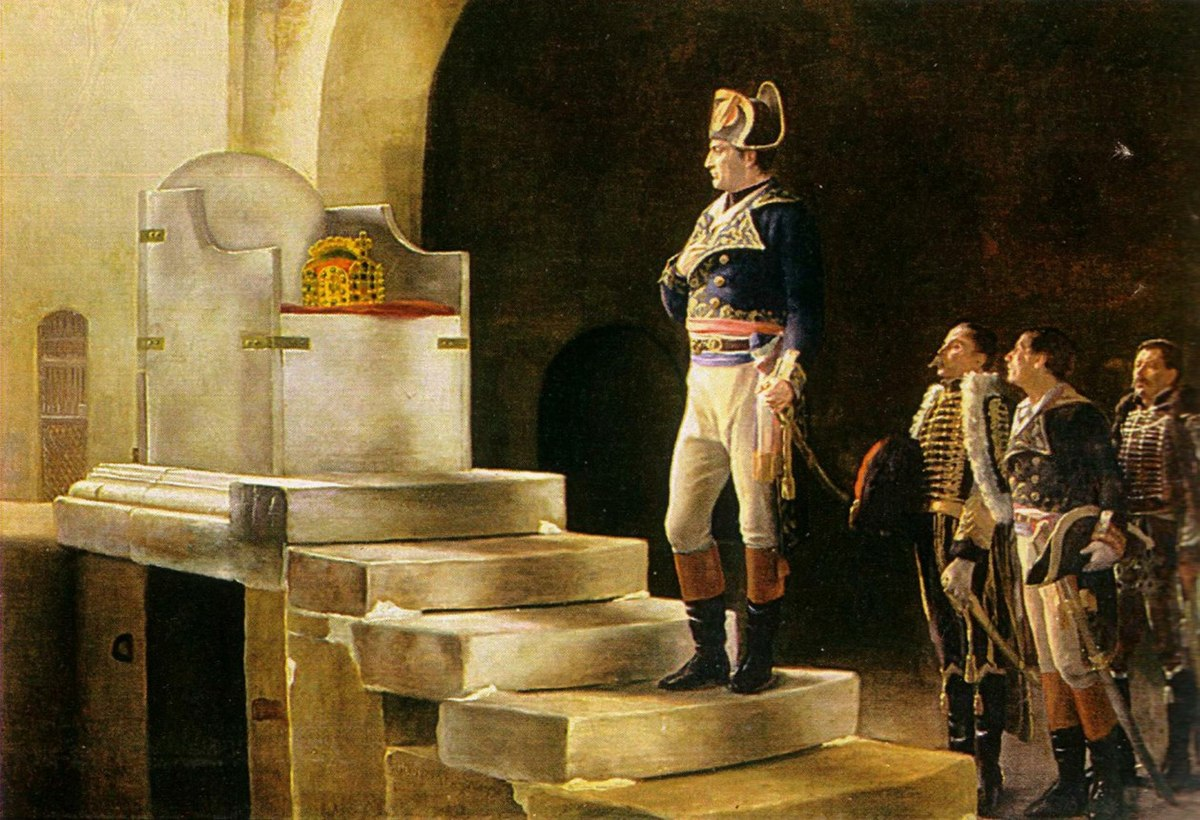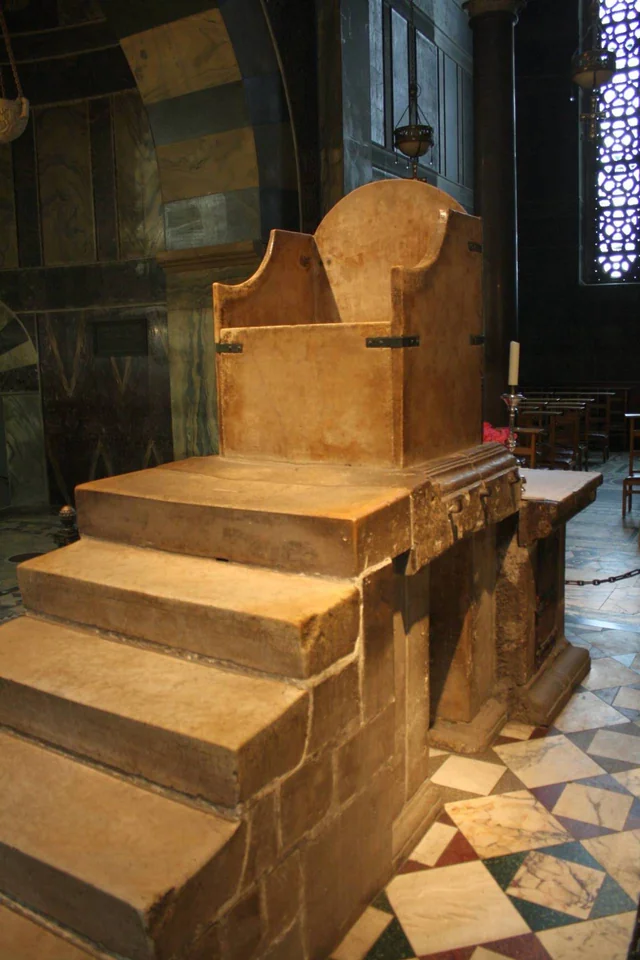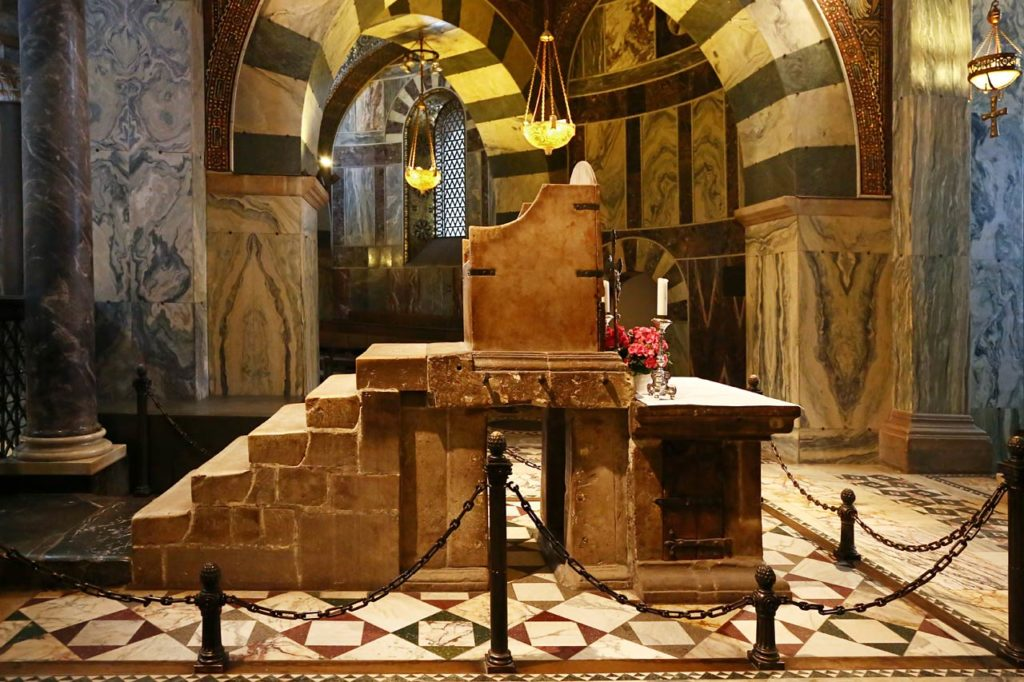Introduction
Nestled within the hallowed walls of Aachen Cathedral in Germany, Charlemagne’s Throne stands as a profound symbol of the medieval era’s power, culture, and religious aspirations. This ancient seat of authority not only witnessed the coronation of thirty-one German kings but also serves as a testament to the legacy of the Holy Roman Empire. In this comprehensive blog post, we will delve into the historical significance, architectural details, and enduring legacy of this remarkable piece of history.

Charlemagne and the Carolingian Empire
Charlemagne, also known as Charles the Great (742–814), was a pivotal figure in European history. As the King of the Franks and Lombards, and later crowned the first Holy Roman Emperor in 800 AD, Charlemagne played a crucial role in the consolidation of Western Europe. His reign marked the Carolingian Renaissance, a period of cultural revival characterized by the promotion of learning, arts, and architecture.
Aachen, located in present-day Germany, became the center of Charlemagne’s empire and his preferred royal residence. The city, strategically positioned at the crossroads of Europe, was chosen for its hot springs and favorable climate. It was here that Charlemagne constructed his Palatine Chapel, now part of Aachen Cathedral, which became the heart of his imperial capital.

The Coronation Tradition
Charlemagne’s Throne was not just a symbol of his reign but also a central element in the coronation ceremonies of his successors. From the early 9th century until 1531, it served as the coronation throne for thirty-one kings of the Germans, cementing its place in the annals of European history. The throne’s use in these ceremonies underscored the continuity and legitimacy of the Holy Roman Empire, linking each new ruler to the legacy of Charlemagne.

Architectural and Artistic Details
Design and Materials
The throne itself is an exemplar of early medieval craftsmanship and symbolism. It is constructed from simple yet historically significant materials: marble slabs believed to have originated from the Church of the Holy Sepulchre in Jerusalem. This connection to the Holy Land imbued the throne with a sacred aura, reinforcing the divine right of kingship.
The design of the throne is austere, reflecting the early medieval aesthetic and perhaps Charlemagne’s own preference for simplicity. It consists of a seat made from a solid marble slab, supported by four additional stone slabs. The throne’s backrest is straight, and it lacks armrests, emphasizing its functional rather than ornamental purpose.
The Palatine Chapel
Charlemagne’s Throne is housed within the Palatine Chapel, a masterpiece of Carolingian architecture. The chapel, octagonal in shape, features a central domed hall surrounded by a two-story ambulatory. Its design was inspired by the Byzantine architecture of the Hagia Sophia in Constantinople and the earlier Roman imperial palaces, symbolizing a fusion of Western and Eastern Christian traditions.
The interior of the chapel is adorned with intricate mosaics, marble columns, and precious stones, reflecting the artistic achievements of the Carolingian Renaissance. The throne itself is positioned on an elevated gallery, emphasizing its significance and providing a commanding view of the chapel below.
The Legacy of Charlemagne’s Throne
The End of the Coronation Tradition
The use of Charlemagne’s Throne for coronations continued until the 16th century. Ferdinand I was the last king to be crowned on the throne in 1531. Afterward, the coronation site moved to Frankfurt Cathedral, reflecting changes in the political landscape and the rise of different centers of power within the Holy Roman Empire.
Despite the end of its use as a coronation seat, Charlemagne’s Throne remains an enduring symbol of medieval kingship and the unity of Europe under the Holy Roman Empire. Its historical significance and the legacy of Charlemagne continue to resonate, not only as a relic of a bygone era but also as a symbol of cultural and political continuity.
Modern-Day Significance
Today, Aachen Cathedral and Charlemagne’s Throne attract numerous visitors, historians, and scholars. The cathedral was designated a UNESCO World Heritage Site in 1978, recognizing its outstanding architectural and historical value. The throne, preserved as a key artifact, offers insights into the medieval coronation rituals and the spiritual and temporal authority vested in the monarchs of the Holy Roman Empire.
Charlemagne’s Throne in Aachen is more than a mere piece of furniture; it is a monument to a pivotal period in European history. Its austere design belies its profound significance as a symbol of the Holy Roman Empire’s enduring legacy and the medieval tradition of kingship. As a cultural and historical artifact, it continues to inspire awe and reverence, reminding us of the rich tapestry of Europe’s past.
Conclusion
Charlemagne’s Throne in Aachen Cathedral stands as a testament to the power, culture, and religious aspirations of the medieval era. From its role in the coronation of German kings to its enduring legacy as a symbol of the Holy Roman Empire, this ancient seat of authority continues to captivate and inspire visitors from around the world. As we explore the intricate details of its design, construction, and historical significance, we gain a deeper appreciation for the profound impact that Charlemagne and his empire had on the development of Western civilization.

